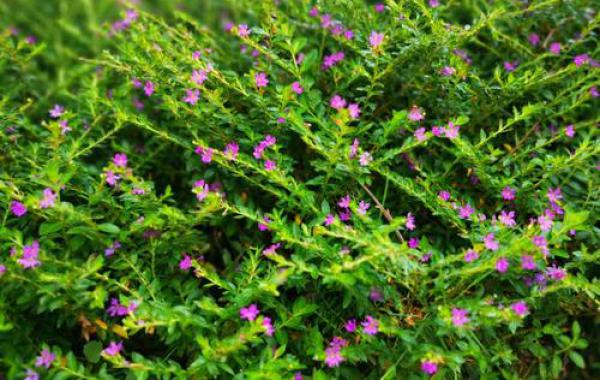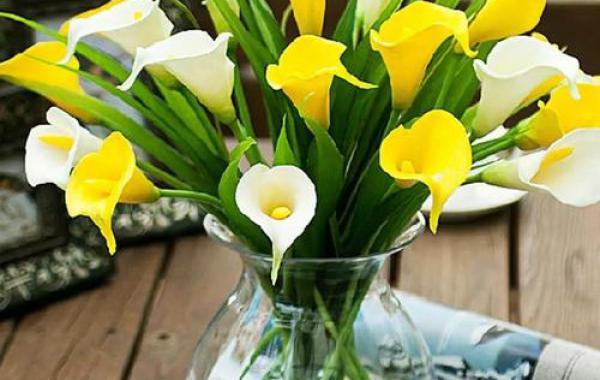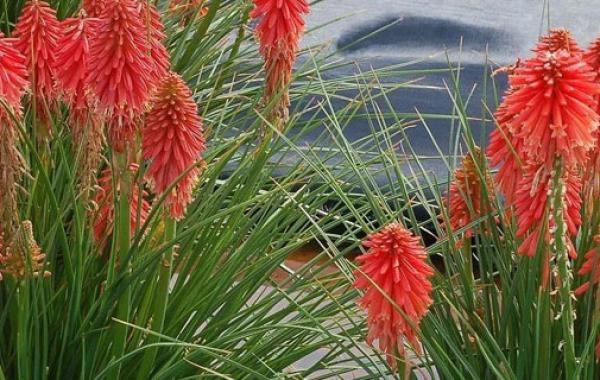How can flowers use bio-organic fertilizer correctly?

How can flowers use bio-organic fertilizer correctly?
The fertilization of potted flowers can be divided into pot-changing base application and daily topdressing. Potted flowers are generally changed every 1-2 years, and the pot soil is required to be loose, fertile and well drained. Nutritious soil with bio-organic fertilizer is selected when changing pots to provide sufficient nutrients and growth space for flower growth. There is no need to apply any fertilizer within 30 days after changing the basin to ensure the normal slow seedling growth of flowers. Shennong brand bio-organic fertilizer can be applied once a month after slow seedling, and the soil can be loosened after fertilizer is buried or sprinkled, so that the pot soil and fertilizer can be mixed evenly. Fine flowers should avoid fertilizer contact with rhizome, and then water thoroughly. The amount of fertilizer application can be adjusted according to plant growth and weather conditions, such as thin and light green leaves in cloudy days, suitable large amount of fertilizer application, thick and thick green leaves in hot days, and smaller when applying fertilizer. Usually the dosage increases or decreases according to the size of the flowerpot, generally 26.6 cm (about 8 inches) pot each application of bio-organic fertilizer about 25 grams. It can also be diluted and poured according to the ratio of bio-organic fertilizer and water at 1:10, or foliar spraying of the supernatant.
Potted flowers are generally changed every 1-2 years, and the pot soil is required to be loose, fertile and well drained. Nutritious soil with bio-organic fertilizer is selected when changing pots to provide sufficient nutrients and growth space for flower growth. There is no need to apply any fertilizer within 30 days after changing the basin to ensure the normal slow seedling growth of flowers. Shennong brand bio-organic fertilizer can be applied once a month after slow seedling, and the soil can be loosened after fertilizer is buried or sprinkled, so that the pot soil and fertilizer can be mixed evenly. Fine flowers should avoid fertilizer contact with rhizome, and then water thoroughly. The amount of fertilizer application can be adjusted according to plant growth and weather conditions, such as thin and light green leaves in cloudy days, suitable large amount of fertilizer application, thick and thick green leaves in hot days, and smaller when applying fertilizer. Usually the dosage increases or decreases according to the size of the flowerpot, generally 26.6 cm (about 8 inches) pot each application of bio-organic fertilizer about 25 grams. It can also be diluted and poured according to the ratio of bio-organic fertilizer and water at 1:10, or foliar spraying of the supernatant.
Related
- What if the leaves of potted flowers turn yellow?
- Florescence Control of several Flowers
- Anti-freezing technology and post-freezing nursing technology of flowers
- What is the classification of flowers? What are the common methods of flower classification?
- Prevention and control of alkali and acid damage of flowers in courtyard
- Technology of Anti-freezing and restoring growth of Flower seedlings in greenhouse and greenhouse
- How does flower fertilization not hurt the root? Fertilization technology of flowers
- Key points of disinfection in flower greenhouse
- Several pesticides that are banned or used cautiously in flowers
- How to fertilize the flowers that watch the leaves?



